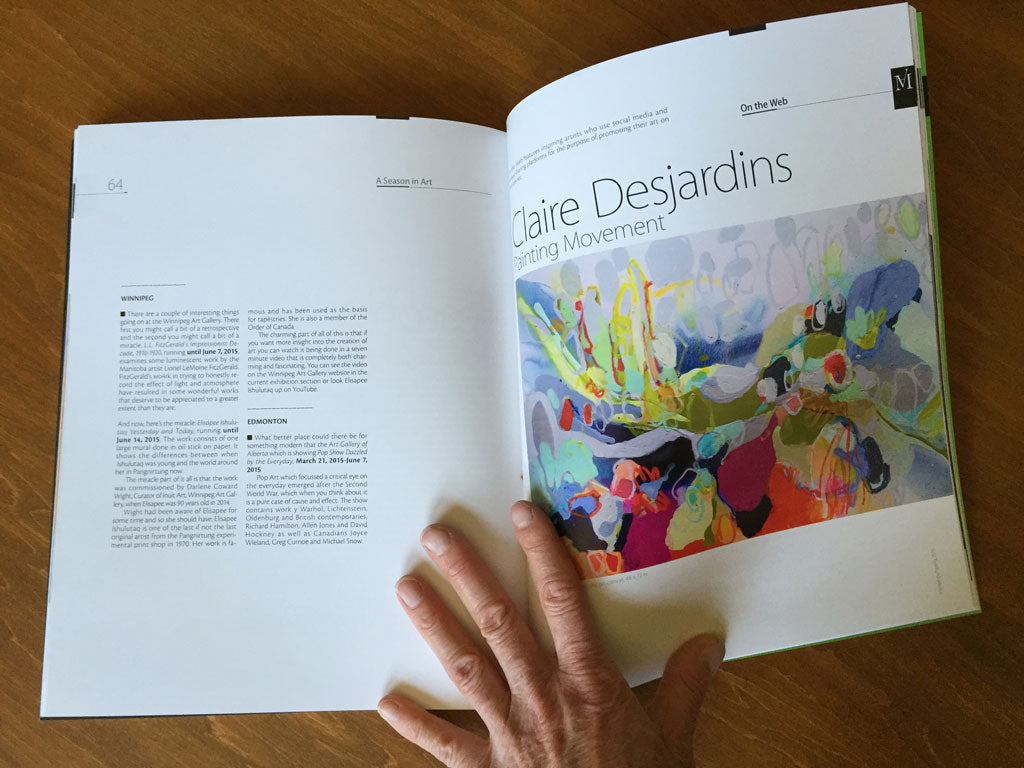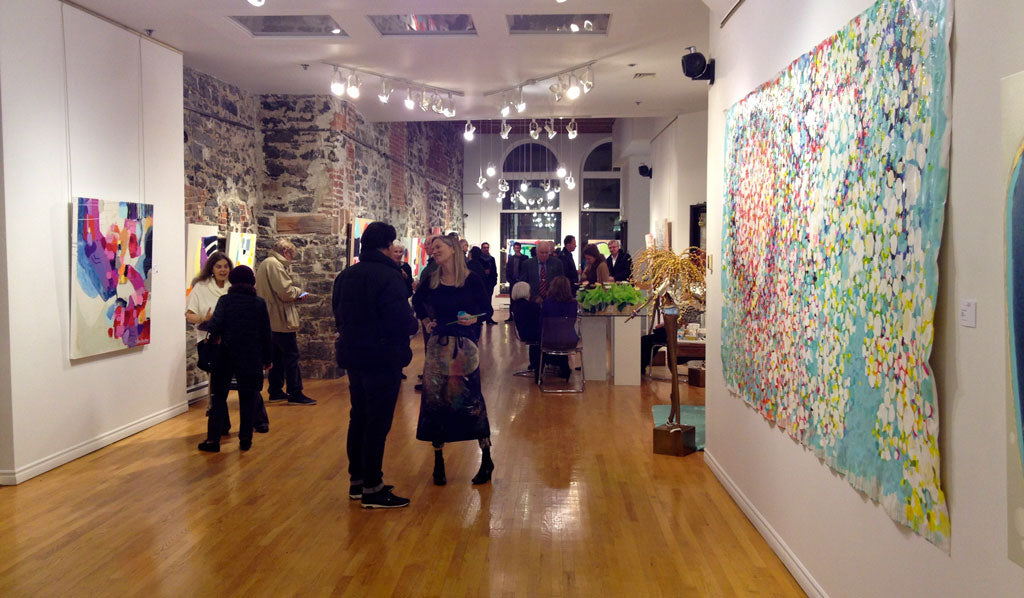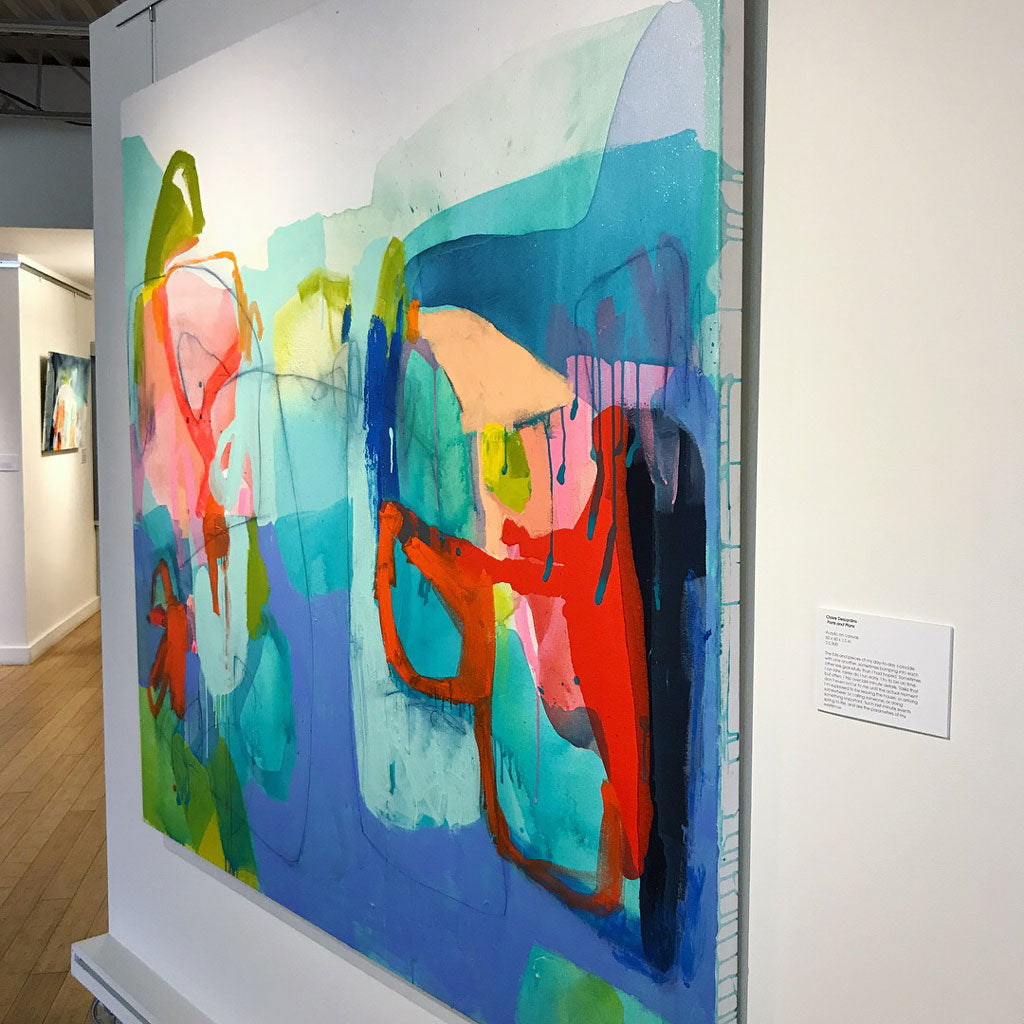As artists, we pour our hearts and souls into our creations, each stroke of the brush or sculpting of clay a reflection of our innermost thoughts and emotions. Yet, when it comes to putting a price tag on our work, many of us find ourselves at a loss. How do we value something so deeply personal? How do we ensure that our work is both accessible to our audience and reflective of its true worth? In this guide, we'll explore the delicate art of pricing your artwork, offering insights and tips to help you navigate this important aspect of your creative journey.
1. Know your costs
Before you can determine a fair price for your artwork, it's essential to understand the costs involved in creating it. This includes not only the materials used but also factors such as studio rent, utilities, and any other overhead expenses. Take the time to calculate these costs accurately, as they will form the foundation of your pricing strategy.

2. Research the market
Just as in any other industry, the art world has its own market trends and price ranges. Take the time to research what similar artists in your niche are charging for their work. Visit galleries, attend art fairs, and browse online marketplaces to get a sense of where your prices fit within the broader market landscape. While it's important to stay competitive, don't undervalue your work – remember, you are selling not just a physical object but a piece of your soul.

3. Consider your experience and reputation
As your career progresses and your reputation grows, so too should your prices. If you've been creating art for many years or have gained recognition through exhibitions, awards, or other achievements, don't hesitate to reflect this in your pricing. Your experience and reputation are valuable assets that deserve to be compensated accordingly.

4. Factor in time and labor
Creating art is a labor of love, but it's also a labor of time. Consider how many hours you've invested in each piece, from the initial concept to the finishing touches. While it's tempting to base your prices solely on material costs, remember that your time and expertise are just as valuable – if not more so.

5. Listen to your audience
Pay attention to how your audience responds to your work. Are people consistently drawn to a particular piece? Do you receive inquiries about purchasing it? These can be valuable indicators that you may be pricing your work too low. While it's important to remain accessible to your audience, don't be afraid to adjust your prices based on demand and perceived value.

6. Timing is key
Knowing when to raise your prices is just as important as knowing how to set them in the first place. As a general rule, consider increasing your prices when demand for your work exceeds supply or when you reach significant milestones in your career, such as landing a major exhibition or receiving widespread acclaim. However, be mindful of not raising your prices too steeply or too frequently, as this can alienate your audience and erode trust.

Pricing your artwork is a delicate balancing act that requires careful consideration of multiple factors. By understanding your costs, researching the market, and valuing your time and expertise, you can ensure that your prices are both fair to you as the artist and respectful of your audience. Remember, your art is a reflection of who you are – price it accordingly, and the right audience will recognize its true worth.


1 comment
Great Read!